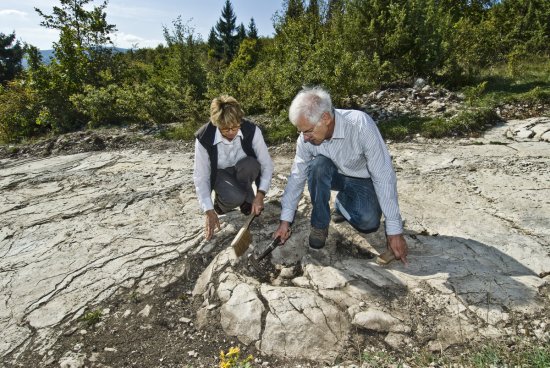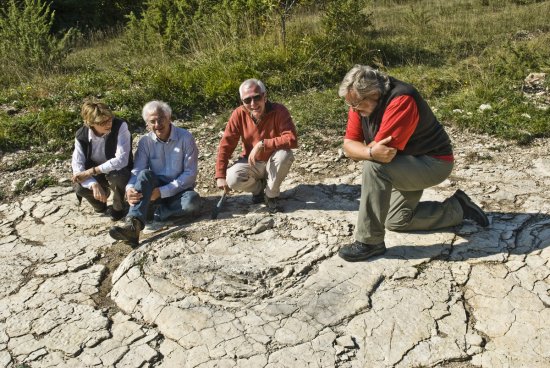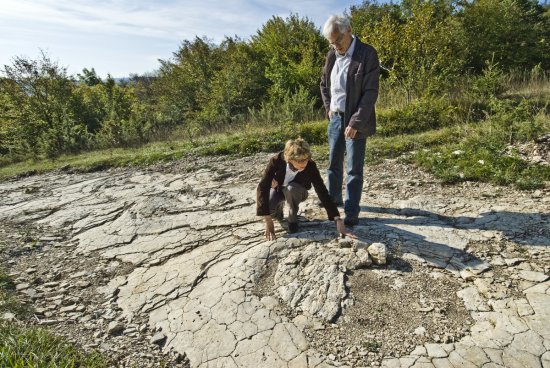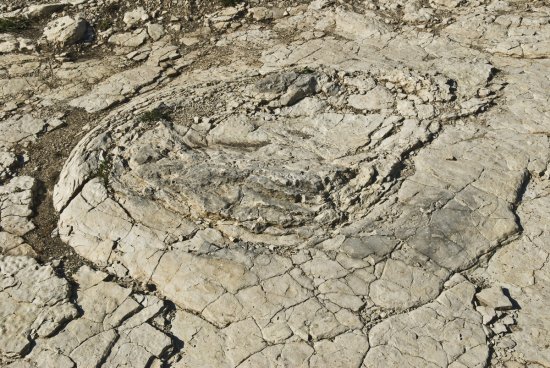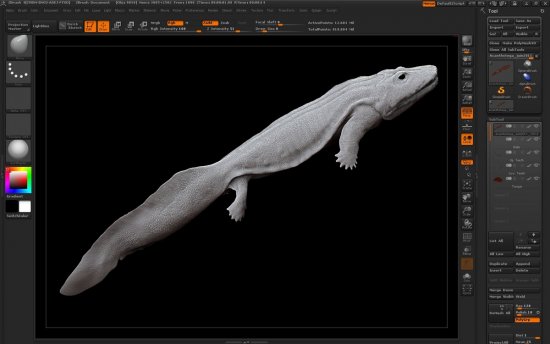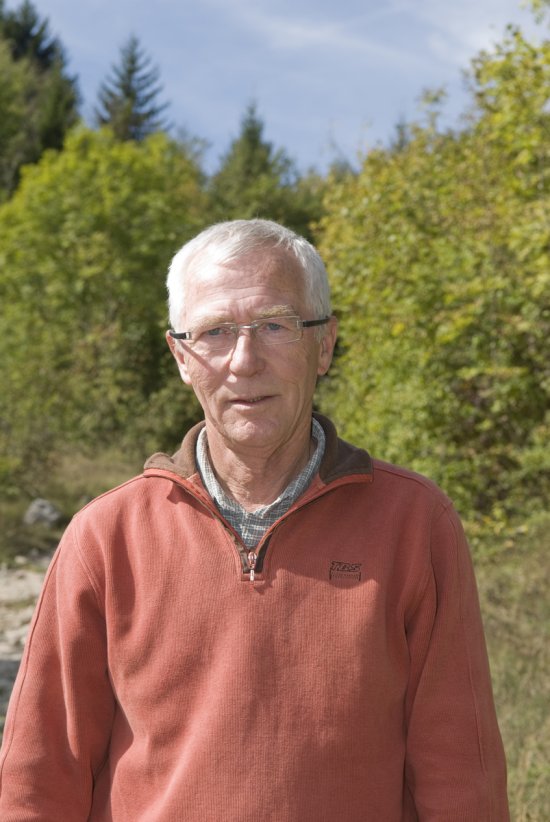
Photo report
World's longest sauropod dinosaur trackway brought to light
In 2009, the world's largest dinosaur tracks were discovered in the French village of Plagne, in the Jura Mountains.

Since then, a series of excavations at the site has uncovered other tracks, sprawling over more than 150 meters. They form the longest sauropod trackway ever to be found. Having compiled and analyzed the collected data, which is published in Geobios, scientists from the Laboratoire de Géologie de Lyon (CNRS / ENS de Lyon / Claude Bernard Lyon 1 University), the Laboratoire Magmas et Volcans (CNRS / Université Clermont Auvergne / Université Jean Monnet / IRD), and the Pterosaur Beach Museum conclude these tracks were left 150 million years ago by a dinosaur at least 35 m long and weighing no less than 35 t.
Scientific topics
CNRS Images,
Our work is guided by the way scientists question the world around them and we translate their research into images to help people to understand the world better and to awaken their curiosity and wonderment.

